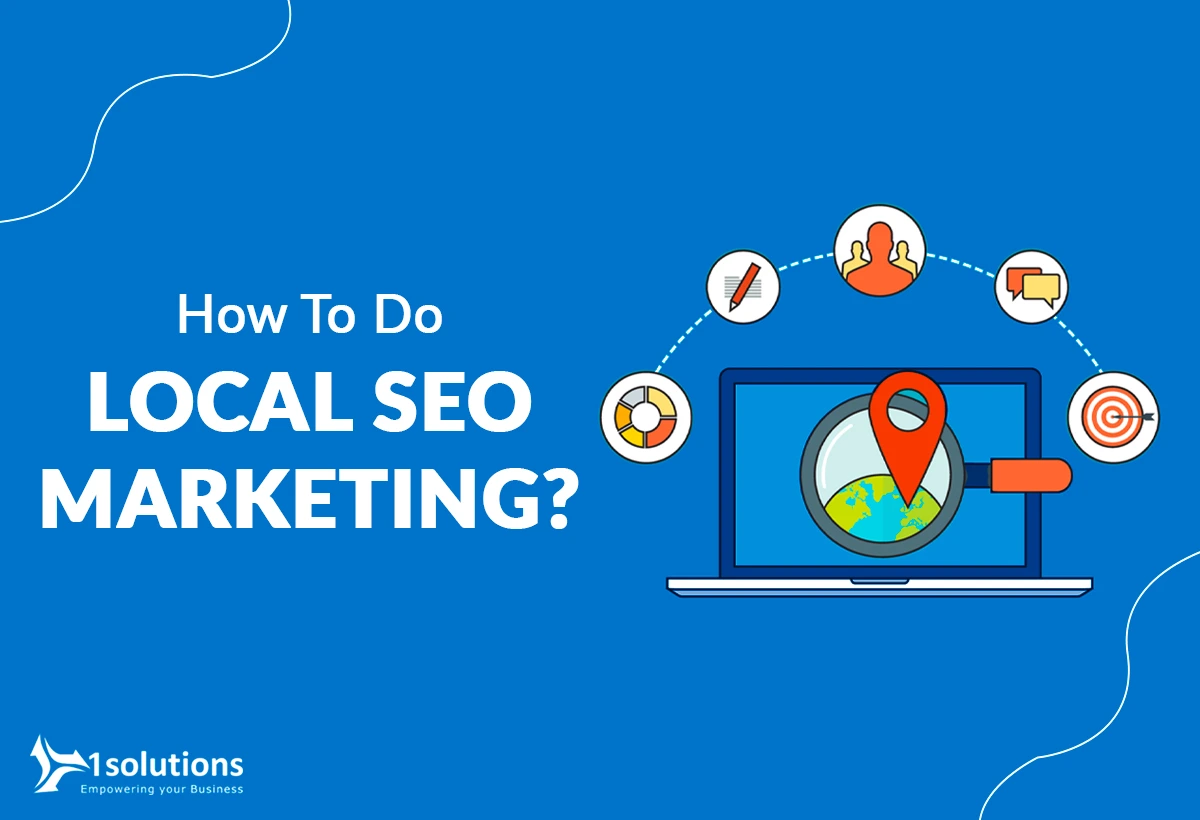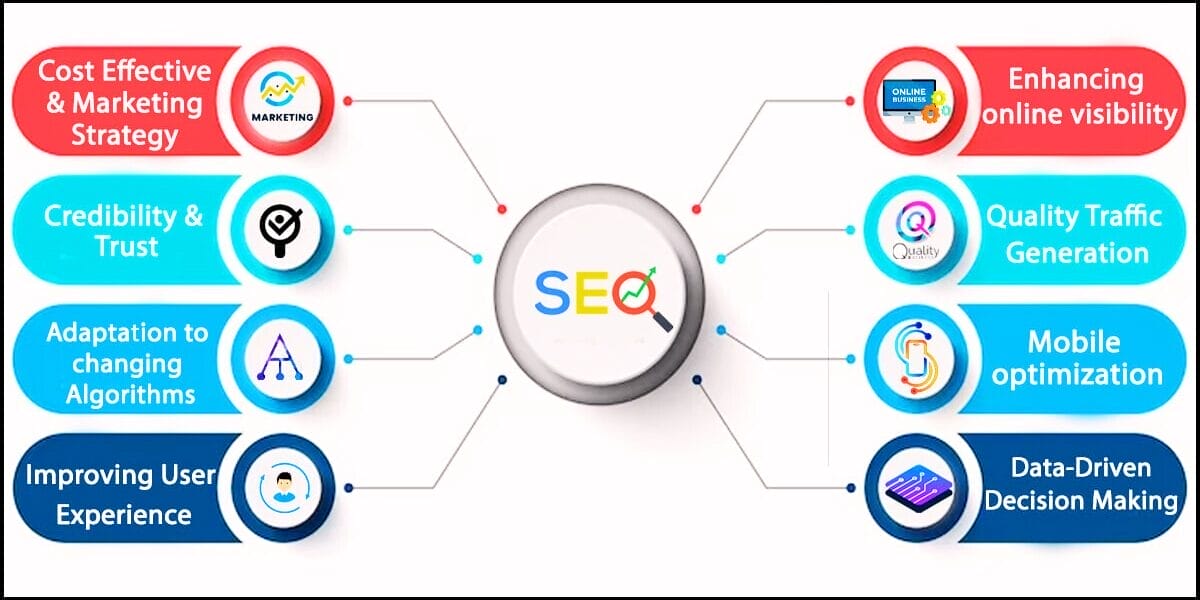How Efficient Website Design Can Improve Your SEO Technique and Improve Customer Experience
The junction of efficient website design and seo is a vital area for any kind of company seeking to improve its on the internet presence. An instinctive style not only raises customer experience however likewise substantially affects search engine optimization efficiency by lowering bounce prices and improving interaction metrics. Factors such as mobile responsiveness, site structure, and clear navigating play crucial roles in this dynamic. Understanding how these aspects integrate can disclose techniques that may change your technique to digital advertising and marketing, bring about results that are both quantifiable and impactful. What details layout methods can produce the most effective outcomes?
Importance of Website Design for SEO
Efficient internet style is often taken too lightly in its impact on search engine optimization (SEARCH ENGINE OPTIMIZATION) A well-structured website not just improves user experience however additionally plays a vital duty in how search engines rate pages. Online search engine like Google favor websites that show clear navigating, quickly filling times, and mobile responsiveness. These variables add to reduce bounce prices and higher individual interaction, which are essential metrics for SEO success.
Moreover, website design components such as clean code, enhanced images, and proper use HTML tags considerably influence a site's crawlability. Browse engines count on structured data to comprehend internet site web content and context, making it necessary for internet designers to apply finest techniques. Additionally, the assimilation of SEO techniques within the design phase, such as including key phrases in titles, meta descriptions, and alt message for pictures, can boost presence in search results.
Eventually, prioritizing effective web style not just guarantees a smooth user experience but likewise establishes a strong foundation for search engine optimization efforts, causing enhanced natural web traffic and boosted positions. Therefore, companies have to recognize the inherent web link between website design and SEO to accomplish on-line success.
Trick Layout Aspects for Individual Experience
User experience (UX) works as a foundation for effective website design, affecting how visitors communicate with a site and view its value. To enhance UX, several key style components must be prioritized.
Firstly, intuitive navigation is vital; a well-structured menu and clear pathways permit customers to discover information promptly, minimizing aggravation. Visual pecking order plays an essential role, guiding users' focus to essential aspects with dimension, positioning, and shade. This helps with quicker decision-making and enhances overall engagement.
In addition, a consistent layout motif improves familiarity and count on, as users feel a lot more comfortable browsing a site that aesthetically aligns throughout its web pages. Reliable use white room also can not be ignored; it avoids clutter, allowing essential web content to stand out and making the site extra absorbable.
In addition, top quality images and graphics are important, as they not just capture attention yet also communicate professionalism. Fast tons times are non-negotiable; delays can lead to higher bounce prices and decreased user contentment. By concentrating on these vital layout components, services can considerably enhance their individual experience, cultivating favorable communications that encourage return visits and conversions.
Mobile Responsiveness and Search Engine Optimization Impact
As internet style significantly focuses on individual experience, the relevance of mobile responsiveness can not be overstated. With a considerable portion of internet website traffic originating from smart phones, a responsive design makes certain that web sites are practical and easily accessible across different display sizes. This adaptability not just enhances customer satisfaction however also plays an essential function in seo (SEO)

Incorporating mobile responsiveness right into website design also fosters improved loading times, which is a key aspect in both individual experience and search engine optimization positions. Slow-loading web pages prevent individuals, leading to higher abandonment rates and negatively affecting search presence. Inevitably, prioritizing mobile responsiveness not only improves individual involvement however likewise strengthens a web site's SEO approach, developing a much more affordable on the internet presence.
Website Structure and Navigating Best Practices
A well-organized website framework and intuitive navigating are necessary components of effective internet layout. They not just enhance user experience yet additionally play a critical function in search engine optimization (SEARCH ENGINE OPTIMIZATION) A clear hierarchy allows customers and internet search engine to comprehend the connections between different web pages, improving the overall use of the website.
Use keyword-rich and detailed Links, as they provide context and boost search presence. This lowers bounce prices and maintains individuals involved.

Measuring the Success of Website Design
Gauging the success of website design involves reviewing various metrics that reflect customer engagement and overall website performance. Secret performance indications (KPIs) such as bounce price, average session period, and web pages per session supply insight right into exactly how individuals engage with the site. A high bounce rate may indicate that customers are not discovering the content pertinent or engaging, motivating a demand for style or web content modifications.
Additionally, conversion prices are essential for evaluating the efficiency of website design. A boost in conversions, whether via form submissions, product purchases, or e-newsletter sign-ups, typically correlates with user-friendly style and user-centered functionalities. Devices like Google Analytics can give in-depth reports my response on these metrics, allowing developers to determine patterns and locations for improvement.
Customer comments is an additional vital part. Utilizing studies and functionality screening can unveil qualitative insights into user experiences, directing style modifications that promote contentment. Eventually, a combination of quantitative information and qualitative comments establishes an extensive image of internet style success, ensuring that it aligns with both search engine optimization purposes and user expectations. By consistently gauging these factors, businesses can improve their website design strategies to maximize user experience and drive significant involvement.
Conclusion

As web style increasingly prioritizes user experience, the value of mobile responsiveness can not be overstated.Including mobile responsiveness right into internet style also promotes improved loading times, which is a crucial aspect in both individual experience and Search engine optimization rankings. Ultimately, a combination of quantitative information and qualitative comments establishes a comprehensive photo of web layout success, making certain that it aligns with both SEO objectives and customer expectations. By constantly measuring these factors, businesses can fine-tune their web layout techniques to maximize user experience and drive purposeful engagement.
In conclusion, efficient internet design considerably improves SEO approaches and user experience.